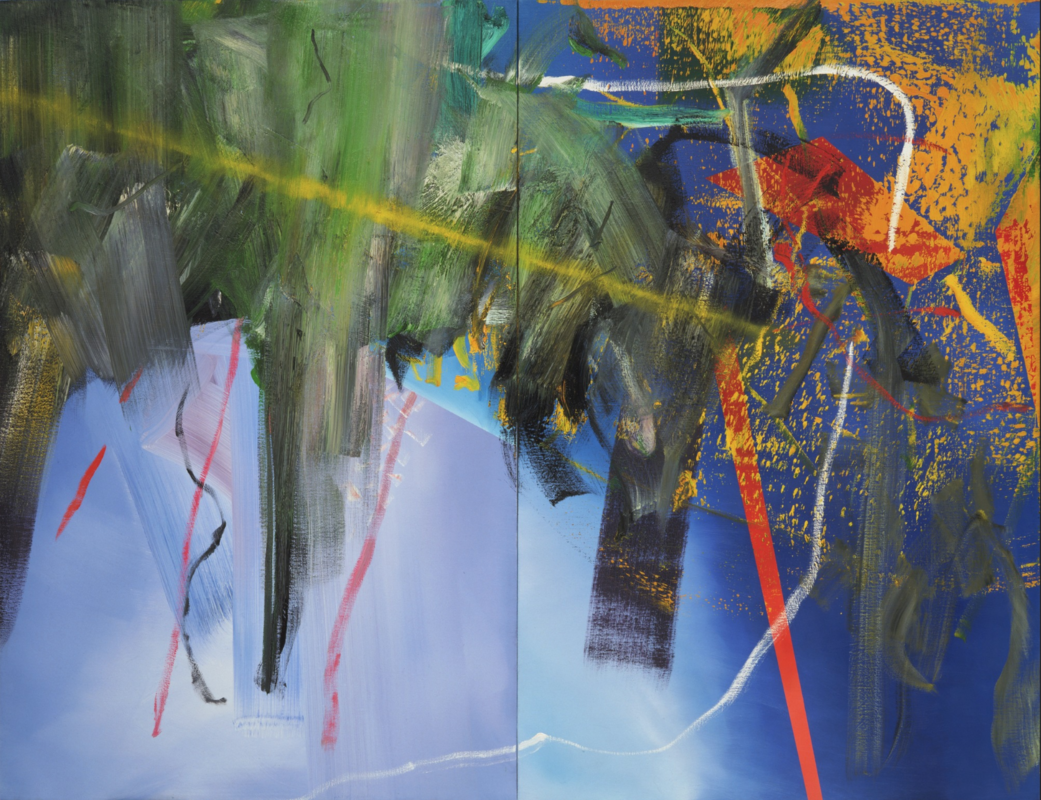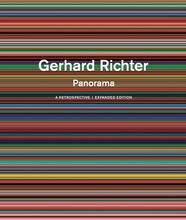More about Clouds
- All
- Info
- Shop

Sr. Contributor
Gerhard Richter is equal parts intriguing and annoying.
You just can’t get a hold on what this guy is doing. But what else would you expect from an artist who grew up admiring and studying the work of Joseph Beuys and other Fluxus artists like Yoko Ono and Nam June Paik? Like those who came before him, Richter’s M.O. is to confuse, disorient, and challenge.
As a dutiful poster child for postmodernism, Richter has tried out many of the artistic styles that existed before him. I imagine that this might be like going out for fro-yo and asking for way too many of the little tasting cups. We understand that you want to taste everything, but please, make up your mind.
Richter really lives up to the trope of the enigmatic artist. He doesn’t want people to understand his paintings from the first glance. Art is too complicated for that! He is too complicated for that! And shame on you for wanting art to be easy, you peasant. Sure, this painting is called Clouds, but do you really see these so-called clouds? Let’s be real: this work is as much about clouds as Cloud Gate is, which is to say that you have to squint really hard, tilt your head, and click your heels three times to see the clouds.
And how did Richter even make the top part of the painting? In true heady artist fashion, his technique is so involved that it’s almost impossible for us to figure out how he makes his works. For a moment, it seems as though the strokes and streaks of paint are lifted right out of an Abstract Expressionist painting. But Richter isn’t admiring this movement – he’s actually throwing some well-crafted shade. Richter defies the paragons of action painting and the idea that these painters used squiggles and drips to bear their souls. That means you, Pollock and de Kooning.
Whereas Pollock had the drip, Richter has the smudge and the blur. Richter’s secret weapon is the squeegee, which he uses to spread and layer different colors of paint. But some of these blurry abstractions aren’t even painted right onto the canvas. Richter painted some of these works on glass and then pressed the glass onto a canvas, further removing the artist’s hand from the end result. That’s enough to make anyone’s head hurt. You might want to bring along some Advil if you know you’re going to see a Richter.
Sources
- Cotter, Holland. “Building an Art of Virtuoso Ambiguity.” The New York Times. September 9, 2010. https://www.nytimes.com/2010/09/10/arts/design/10richter.html?ref=gerha…. Accessed May 14, 2018.
- Douglas, Sarah. “Gerhard Richter.” ArtInfo. January 26, 2010. http://www.blouinartinfo.com/news/story/275611/gerhard-richter. Accessed May 14, 2018.
- Fineberg, Jonathan. Art Since 1940: Strategies of Being. 3rd edition. Upper Saddle River, NJ: Pearson Education, Inc., 2011.
- Saltz, Jerry. “Richter’s Earthquake.” New York Magazine. November 22, 2009. http://nymag.com/arts/art/reviews/62254/. Accessed May 14, 2018.
- Solomon R. Guggenheim Foundation. “Korn.” Collection Online. https://www.guggenheim.org/artwork/3717. Accessed May 14, 2018.
- The Art Story. “Fluxus.” Movements. http://www.theartstory.org/movement-fluxus.htm. Accessed May 14, 2018.














